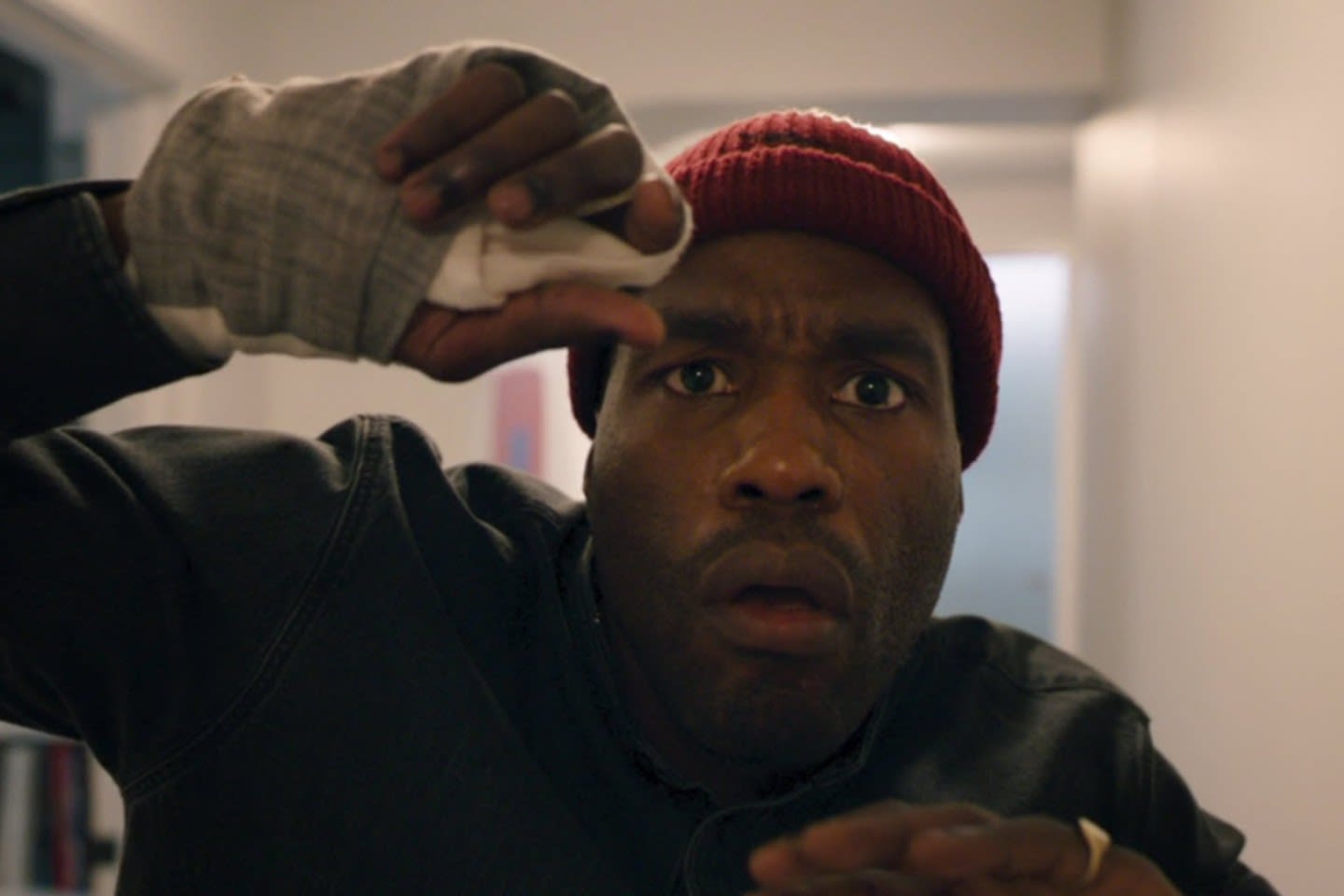Nia DaCosta’s Candyman, produced and written by Jordan Peele (with DaCosta and Win Rosenfeld serving as cowriters), is set to hit theaters this week, and horror fans everywhere are buzzing at seeing the iconic villain back on the big screen again for the first time since 1999’s maligned Candyman: Day of the Dead. That movie, the third entry in the Candyman franchise, was critically and commercially savaged, with Candyman actor Tony Todd having admitted even he thinks it’s the poorest entry in the series.
Audiences can be forgiven, considering the franchise’s history, for thinking this year’s Candyman is a complete reboot of the series–it has been 22 years since the last movie in the series, after all. And it’s fair to wonder how the upcoming movie ties into the original trilogy, if it does at all. As it turns out, the answer to those questions is…it’s sort of both.
The History Of The Candyman Series

The original Candyman directed by Bernard Rose was released in 1992 and based on Clive Barker’s short story “The Forbidden.” It follows Virginia Madsen’s Helen Lyle, a grad student studying urban legends, who learns of the local Chicago legend of the Candyman. Localized to the Cabrini-Green housing project, the legend is that if you say his name five times in a mirror, the Candyman will appear and kill the summoner using the hook that has replaced his hand.
Supposedly, the Candyman had once been a man by the name of Daniel Robitaille. Robitaille was born in the late 1800s in New Orleans, the son of a former slave. After the Civil War, his father created a machine that mass-produced shoes and through this gained a small fortune, enabling Daniel to grow up in relative comfort and to be educated in post-war America. Daniel soon showed talent as a painter, and in his 20s, he was hired by a wealthy white landowner to paint his daughter Caroline’s portrait. As they spent time together, Caroline and Daniel fell in love and she became pregnant.
Daniel Robitaille may have grown up with far more comfort and acceptance than his father did as a slave on a plantation, but it was still America. When Caroline’s father learned of her affair with Daniel and her pregnancy, he ordered the townspeople to hunt Daniel down. The mob cut off Daniel’s right hand with a rusty saw for its “indiscretion” in touching a white woman before covering him in honey and leaving him to be swarmed by bees and stung to death. The rage and heartbreak Daniel felt in his last moments followed him into death, and he became the vengeful spirit of the Candyman thereafter.
The next two movies in the series, 1995’s Candyman: Farewell to the Flesh and the aforementioned Day of the Dead were only tangentially related to the original movie and featured an entirely new cast, with the protagonist of the third film being the daughter of the protagonist from the first film. Unfortunately, they weren’t nearly as well-received or groundbreaking as the first movie, with criticisms pointing out they erased the subtext and witty social commentary of the first movie in favor of merely trying to up the gore.
How The New Candyman Ties Itself To The Original Movie

Nia DaCosta’s Candyman, however, is largely eschewing the two sequels (though it does borrow a few plot points from them) and is instead being described as a “spiritual sequel” to the original movie. Sure, there are quite a few scares and a chilling story, but it hearkens back to the original Candyman‘s ethos of racial awareness, namely, an awareness of the injustices that have been inflicted upon Black men and women since they were dragged to this country in chains. Likewise, a number of smartly-placed cameos tie it even more firmly to the events of the first movie and the setting in which its horrors unfolded.
The newest iteration moves the action back to its rightful place in Chicago, on the spot where the Cabrini-Green project, now torn down, once stood. This time, it’s art gallery director Brianna Cartwright (Teyonah Parris) and her boyfriend Anthony (Yahya Abdul-Mateen II), who is a visual artist, who become the target of the Candyman’s murderous intent. Brianna and Anthony move into the neighborhood of Cabrini, which has since gentrified and is home not to projects, but to upwardly mobile young couples and families. Still, the specter of ugly racism still lurks in the neighborhood and around the edges. Brianna’s career is going well, but Anthony has been hit with a massive creative block, and just as it appears he’ll become an obscure artist, a grisly murder happens to coincide with the subject of his art debut and forces him into the spotlight. He soon becomes obsessed with the legend of Candyman and how it ties into his work and as his obsession grows, so does the danger.
In a way, the Peele-DaCosta-Rosenfeld penned and DaCosta-directed film contains even more of the essence of the first film than the first film did itself. The original Candyman deserves lots of credit for exploring and grappling with themes like racism, racial injustice, and the brutality inflicted upon Black bodies in America, but it could only explore so far with having a white protagonist. With Parris and Abdul-Mateen II in the lead roles, the modern version can delve even further into the complex and thorny topics that can only be done justice with Black leads.
The new Candyman accomplishes the tricky task of honoring the original and picking up where it left off while being entirely its own thing. You need not have seen any of the previous Candyman movies to enjoy the latest iteration when it hits theaters this weekend, but longtime fans will be pleased to see the respect and reverence with which this new movie treats Bernard Rose’s seminal 1992 film.
—
Candyman hits theaters on Friday, August 27.













